There’s no denying that fall is the best time of the year. The leaves begin to change color, pumpkin patches are seen everywhere with apple and pumpkin-flavored everything, classic Halloween movies come on, and who can forget much-anticipated and thrill-ridden Halloween parties? There’s clearly a lot to love about Autumn, but what’s hard to love is cleaning up the scattered mess of leaves that graces your lawn every fall.
But don’t worry. This autumn is going to be different. How you may wonder? Because we’re here to help you with your fall yard clean-up routine! Follow our step-by-step guide to improve your lawn and turn it into a well-manicured lush space!
Contents
1. Mow Your Lawn
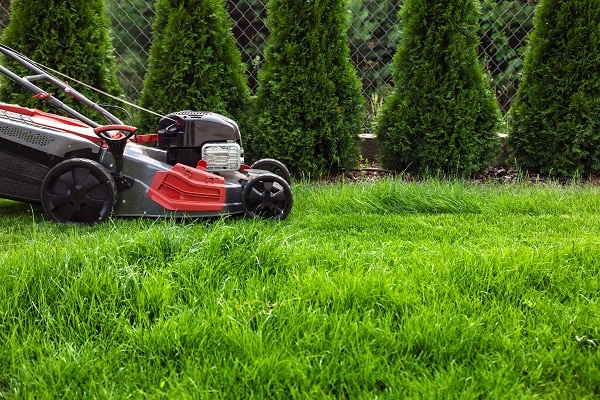
If you think your lawn needs a good mow only in summer, think again. Mowing should be on top of your lawn maintenance checklist during the fall. This is because the grass may seem to be growing slowly, but it’s absorbing all the moisture and nutrient for sustaining a long cold winter.
While you may not need to mow your grass as frequently as you may need to in any hot season, you still need to mow. Water your lawn first, and then mow it. But before you do the latter, make sure to bring the mower’s blade to its lowest setting. Doing so will help sunlight meet the crown of the grass. This, in turn, will prevent leaves from turning brown during the winter. Keep in mind, when mowing, do not clip more than 1/3rd of the grass blades at any given time.
2. Consider Soil Aeration
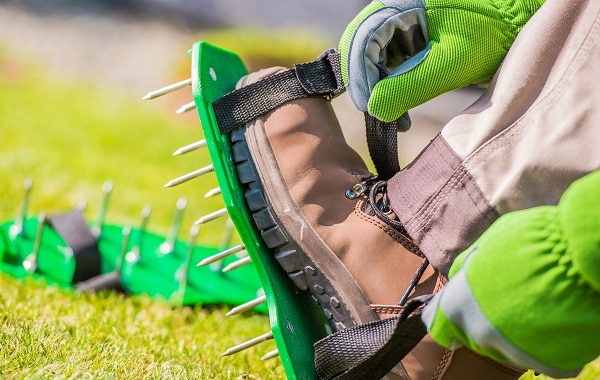
Fall is also a perfect time to aerate your lawn. Soil aeration helps air, water, and fertilizer to easily reach the grassroots. This allows the roots to become strong and healthy and produce a much vigorous lawn.
Aerating is easy on you when the soil is moist from rainfall. If you live in an area that receives rainfall during the fall season, aerating is just the right thing to do afterward! However, never aerate excessively wet lawns. Wait for a day or two instead. You can get any aerating machines – spike aerators, plug aerators, or slicing aerators.
If you have a big lawn and lack time to mend your lawn, you can hire a professional lawn service that can do the job for you. Once you’re done aerating your lawn, allow soil plugs to dry where they fall. They will crumble down in the rain or in the next mowing session, adding nutritious organic matter to your lawn.
3. Rake the Fall Leaves
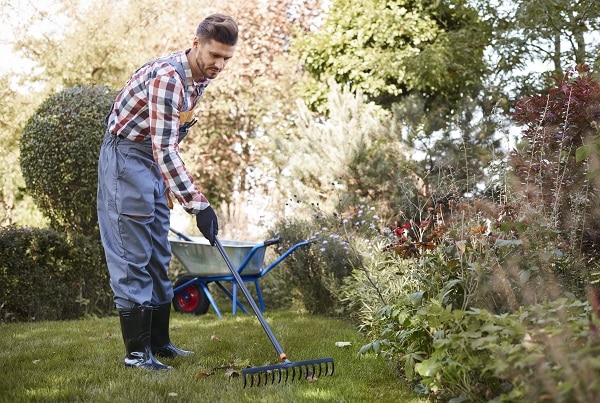
We know that raking leaves in the fall season is not anyone’s idea of fun, but it’s important to do if you want to keep your lawn tip-top. Don’t wait until the end of the season to start raking. By that time, there will be heaps of scattered leaves, turning the chore into a hefty one – literally. Also, if it rains, all the leaves will become wet and sticky. And if they stayed on the lawn for too long, they may end up suffocating the underlying grass, becoming a breeding ground for fungal and bacterial diseases.
A better alternative to raking leaves is using a lawnmower attached with a vacuum bag. This is a great option if you have a huge lawn with massive trees. That being said, it doesn’t matter how you rake the leaves as long as you’re doing it!
4. Fertilize Your Lawn
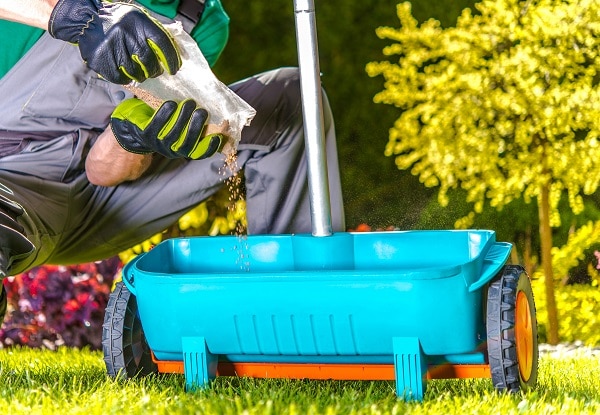
It’s during the fall when the grassroots are quite active, absorbing as much food and energy as they can. Therefore, it’s the best time to fertilize your lawn. A thorough application of fertilizer will ensure the grass receives all the necessary nutrients, so the grassroots become deeper and stronger and maintain their healthy self for the next spring.
You should apply a dry lawn fertilizer in mid-late fall. Make sure to fertilize all the grassy areas. Do not leave any single spot. For a smoother and more consistent application, use a quality fertilizer spreader.
5. Fix Bald Lawn Spots
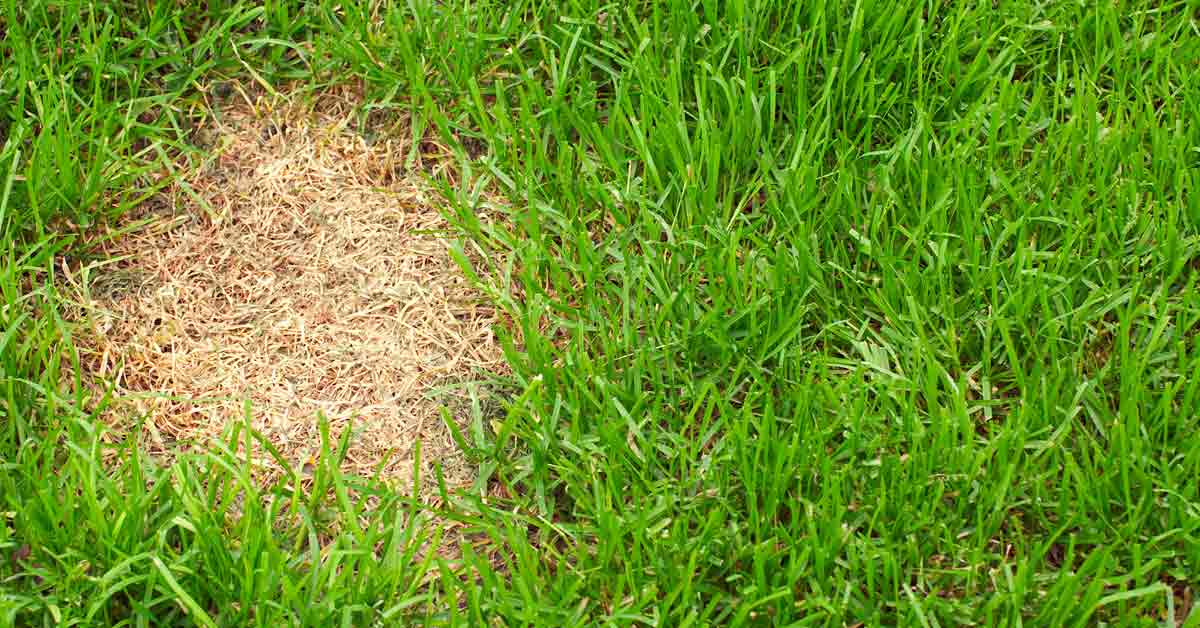
During your fall lawn check-up routine, look for any patchy, bald spots. Upon sight, fix it as soon as possible. Apply any effective lawn repair mixture, which you can buy from any local garden stores, over these bare areas. First, loosen up the soil from the bald spots using a garden rake. Next, spread a thick and even layer of the lawn repair mixture over the damaged lawn spots. Firm up and water thoroughly. Continue to water every other day for fourteen days.
Conclusion
It’s a common misconception that your lawn needs TLC in summers only. This couldn’t be further from the truth. While your lawn should be well taken care of during the hot, scorching summer days, it equally needs love and attention in the fall as well.
Keep a close eye on your lawn in autumn. Follow our lawn care tips to keep the outdoor space looking perfect as ever. While maintaining your lawn, watch out for weeds. They can take over your lawn and ruin it for good. Apply an excellent weed controller during early-to-mid fall. This will keep weeds away and your lawn thriving.



